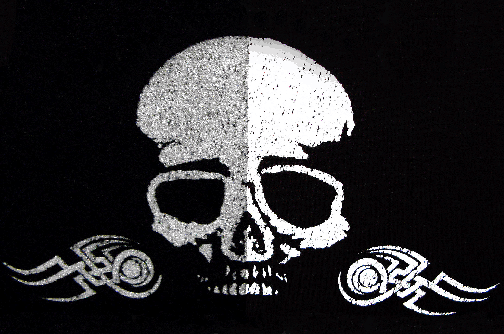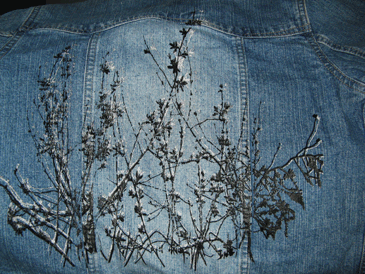Printing Reflective Inks
February 24, 2010

When customers come by our booth at tradeshows, one of the most popular display areas is the section showcasing our Optilux reflective inkand transfers. Shouts of “cool,” “rad,” and “hey, you’ve got to see this” are often heard when customers view the print displays. Here is International Coatings’ National Sales Manager, Kent Hudson with more on this popular product:
“One of the hottest new looks out there today is made by using reflective ink. These are not your traditional boring safety looks you have seen in the past, but fashion designs using the reflective ink as part of the design. Printers are incorporating one or two prints of reflective into a 6, 8, 10 color or more design. This produces a good looking image that also has reflective highlights or outlines and sometimes even revealing a hidden image while seen at night when only the reflective part is visible.
In the past, this was hard to accomplish since the available inks were either multipart water base or hard to use plastisol that did not seem to reflect very well. International Coatings has developed one of the most unique plastisol reflective inks on the market today. What makes it different? All other products have to be printed through a 110 mesh directly to the fabric. It will only work on cotton and poly/cotton blends and definitely not on nylon jackets. These inks are also difficult to flash and can not be printed on top of an underlay color. Even if these inks are printed correctly they don’t look very reflective.
Using the Optilux 505reflective direct print inks, printers can now take this to the next level. This direct print plastisol uses a much smaller glass bead with a special coating applied for maximum reflection. Optilux 505can be printed through mesh counts ranging from 230 down to 110. It can even be printed on top of an underlay color or it can be flashed and used in multicolor designs.

Here’s how it’s done: To print just a basic one color design on light or dark fabric, print the Optilux 505alone through 150 to 180 mesh counts. This will produce a highly reflective print. If additional opacity is needed to print on dark fabrics or if the color should be more like a metallic silver, simply mix in a small amount of 156 Silver Shimmer Metallicand print through a 110 mesh. This will give you an opaque silver metallic print that looks great on dark fabrics. If the design should need to have color, for instance a golden yellow name drop on the back of a black motorcycle shirt, print the golden yellow, flash and print the Optilux 505on top through a 230 mesh as an overprint. This gives you a nice golden yellow if viewed during the daylight. At night when a light hits the back of the shirt it shines bright silver reflective. Printers are also able to offer the same print on a nylon jacket with the addition of a nylon catalyst. With these printing attributes available now in a reflective ink, you are only limited by your imagination.”



